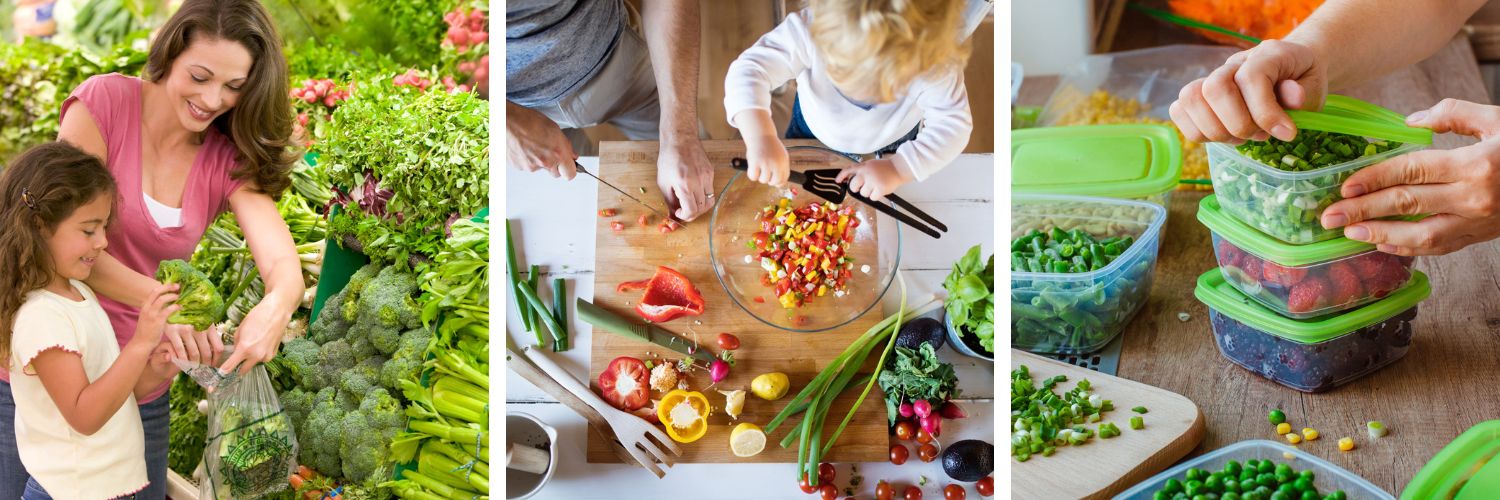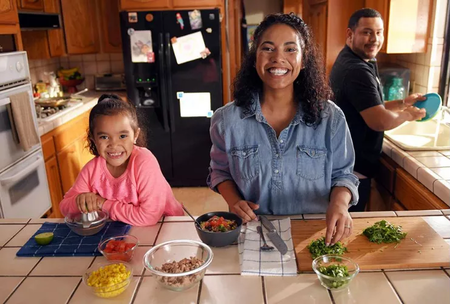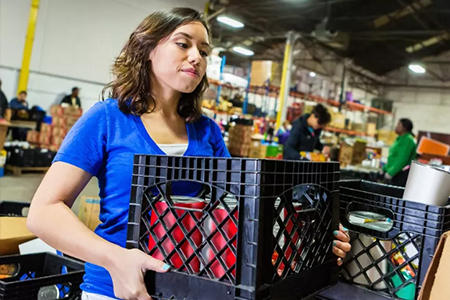Colorado SNAP emergency allotment benefits ending
As of March 2023, SNAP emergency allotments have ended for Colorado and other states receiving these extra benefits. This website is designed to explain the change in benefits and help families make the transition to pre-pandemic funding levels.
What you need to know
All Coloradans who receive Supplemental Nutrition Assistance Program (SNAP) benefits are going to see a reduction in their monthly benefit amount after February. The temporary additional benefit amounts (emergency allotments) are ending due to the result of recent federal congressional action. The last emergency allotment benefits were delivered in February. You will still receive SNAP in March, but benefits will return to regular levels.
Resources for families
Below, you can find tips and resources that will help you adjust to these changes. If you have questions about your benefits, you can call your local county human services office. If you aren't currently a SNAP recipient and would like to know more about the program, visit the SNAP page of our website.
Answers to your questions
We know families have a lot of questions about this change. Expand the section below for answers to many of your questions about the end of SNAP emergency allotments.
- Frequently asked questions
-
What are emergency allotments?
Colorado SNAP households have been getting an extra amount of benefits every month since March 2020 because of the COVID-19 pandemic. These extra benefits are called “emergency allotments" or "max allotments” and most households have been getting this on top of their regular SNAP benefits. These emergency allotments were authorized by Congress, but they are temporary and will be ending in March.
Why are emergency allotments ending?
Emergency allotments are ending due to recent congressional action. Colorado was approved to issue additional SNAP benefits due to the state and federal emergency declarations that were in place during the pandemic. There is nothing the state or counties can do to extend the emergency allotment benefits once they have ended.
How will this impact me?
A final emergency allotment will be issued in February. You will see a reduction in your monthly SNAP benefits beginning in March. This may have a significant impact on families.
Will I still get SNAP benefits after the emergency allotment ends?
Yes, you will continue to receive your regular SNAP benefits as long as you remain eligible for this program. Your benefit amounts are based on a number of factors, including household size, income and your specific circumstances.
When will SNAP emergency allotment end?
February will be the last month households will receive emergency allotments. Beginning in March, SNAP households will see a reduction in monthly SNAP benefits.
I received a notice that my SNAP benefits will be reduced/closed. Can I appeal?
CDHS and county offices cannot continue the additional benefits once maximum allotments have ended in March, even if you appeal the action to end the additional benefits. You are able to appeal if you believe the base benefit calculation is incorrect.
How much will my benefits be after emergency allotments end?
You should receive a notice any time your benefit changes to inform you of your current benefit level. You can access your notices via the Colorado PEAK website and the MyCOBenefits app.
What can I do to help my family through this change?
We know this change may have a significant impact on many SNAP families. To help reduce the impact on households, families can:
- Roll over unused SNAP benefits to the next month. Unused benefits can remain on EBT cards for up to nine months. This may help cushion the impact of the reduction in benefits.
- Stock up on non-perishable items now, while you have the additional benefits. (View tips on stocking your pantry in English or Spanish.)
- Stretch food ingredients and plan to use them in more than one meal. This helps to save money and reduce food waste. (View tips on stretching ingredients in English or Spanish.)
- Consider freezing produce to make fruit and vegetables last longer. (View tips on freezing food in English or Spanish.)
- Look at unit prices to compare similar products at the grocery store. (View tips on comparing prices in English or Spanish.)
Who can I contact for additional information or questions?
SNAP participants can call their local county human services office for questions about their benefits. For more information, please visit https://cdhs.colorado.gov/snap
Tips for families
We know this change may have a significant impact on many SNAP families. Expand the section below for useful tips on making the transition to pre-pandemic benefit payments.
- Tips for making the transition
-
- Roll over unused SNAP benefits to the next month. Unused benefits can remain on EBT cards for up to nine months. This may help cushion the impact of the reduction in benefits.
- Stock up on non-perishable items now, while you have the additional benefits. (View tips on stocking your pantry in English or Spanish.)
- Stretch food ingredients and plan to use them in more than one meal. This helps to save money and reduce food waste. (View tips on stretching ingredients in English or Spanish.)
- Consider freezing produce to make fruit and vegetables last longer. (View tips on freezing food in English or Spanish.)
- Look at unit prices to compare similar products at the grocery store. (View tips on comparing prices in English or Spanish.)
Check out the Eat Better Together website for even more tips, including how to make fruits and veggies last longer. Eat Better Together understands that every family approaches food and nutrition their own way. The campaign can teach you how to make nutritious meals on a budget and discover tasty new ways to serve fruits and veggies.
Our SNAP-Ed program is also here to help. SNAP-Ed teaches Coloradans how to buy and prepare healthy foods on a budget and introduces kids to fruits and vegetables through nutrition classes, school gardens and healthier school lunchrooms.
More food resources
There are many food pantries and other sources of food assistance in Colorado. Here are some ways to find what you need:
- Hunger Free Colorado's food finder tool can help you find the food pantry closest to you.
- The Everyday Eats program helps Coloradans who are 60+ keep healthy food staples in their kitchens.
- 2-1-1 Colorado connects Coloradans with food assistance and many other types of help.
- Messaging toolkit
-
We have created this messaging toolkit for our community partners and the general public to use to help get the word out about the end of SNAP emergency allotment benefits.
- USDA Nondiscrimination Statement
-
Read the USDA Nondiscrimination Statement.



